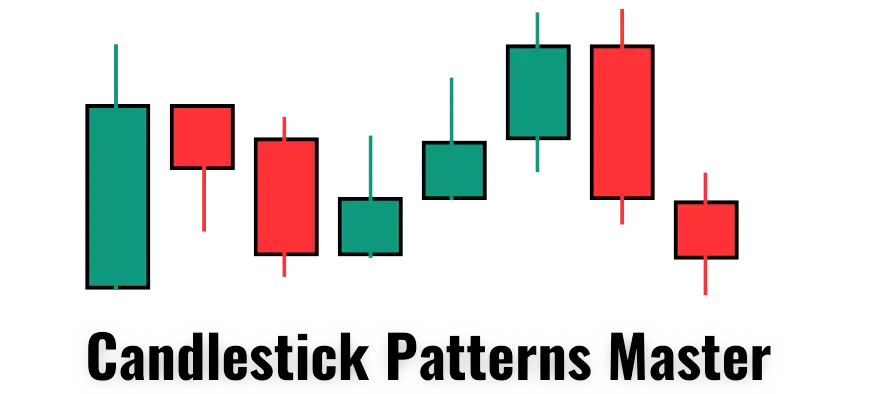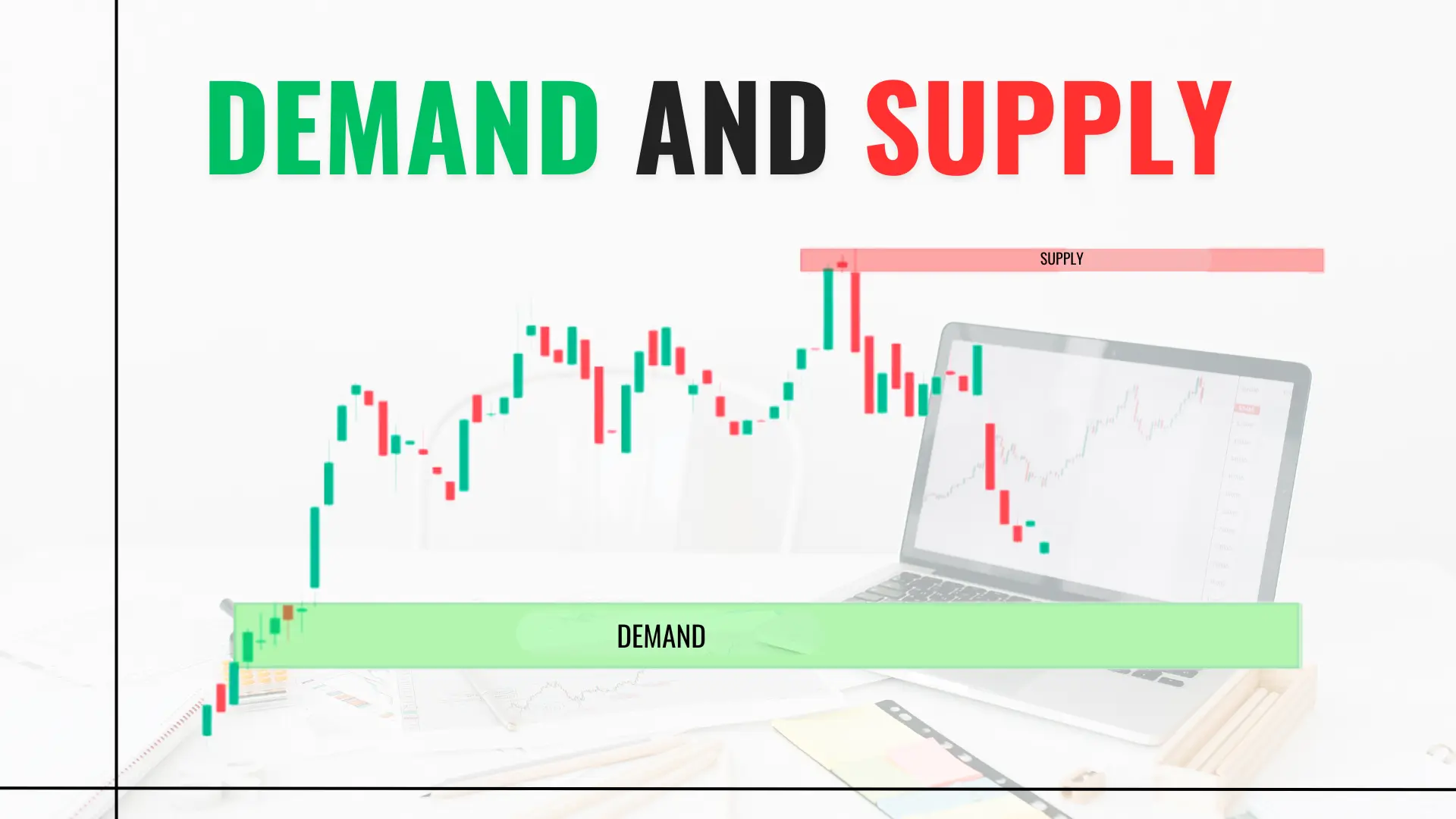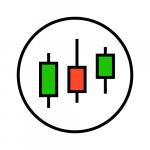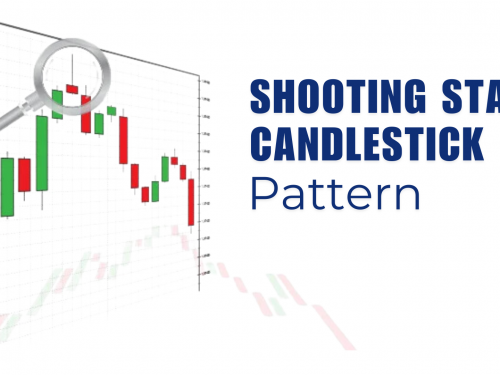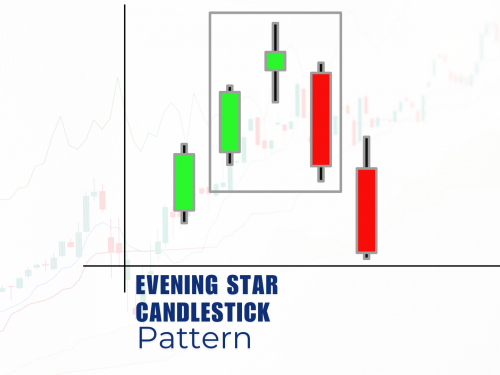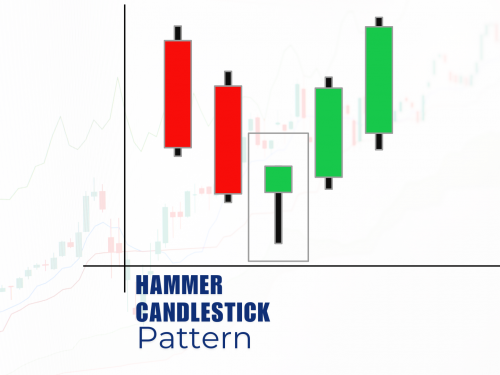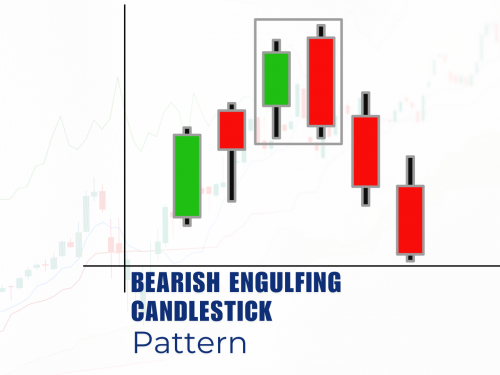What is the resistance zone or supply zone in share market trading?
What is a resistance or supply zone?
A resistance or supply zone is like an invisible ceiling in the stock market. It's a price level where a stock or index struggles to move higher due to which stock is unable to move upside from the level or when it reaches the resistance or supply zone, an investor selling their stock in the top-level called resistance or supply zone.
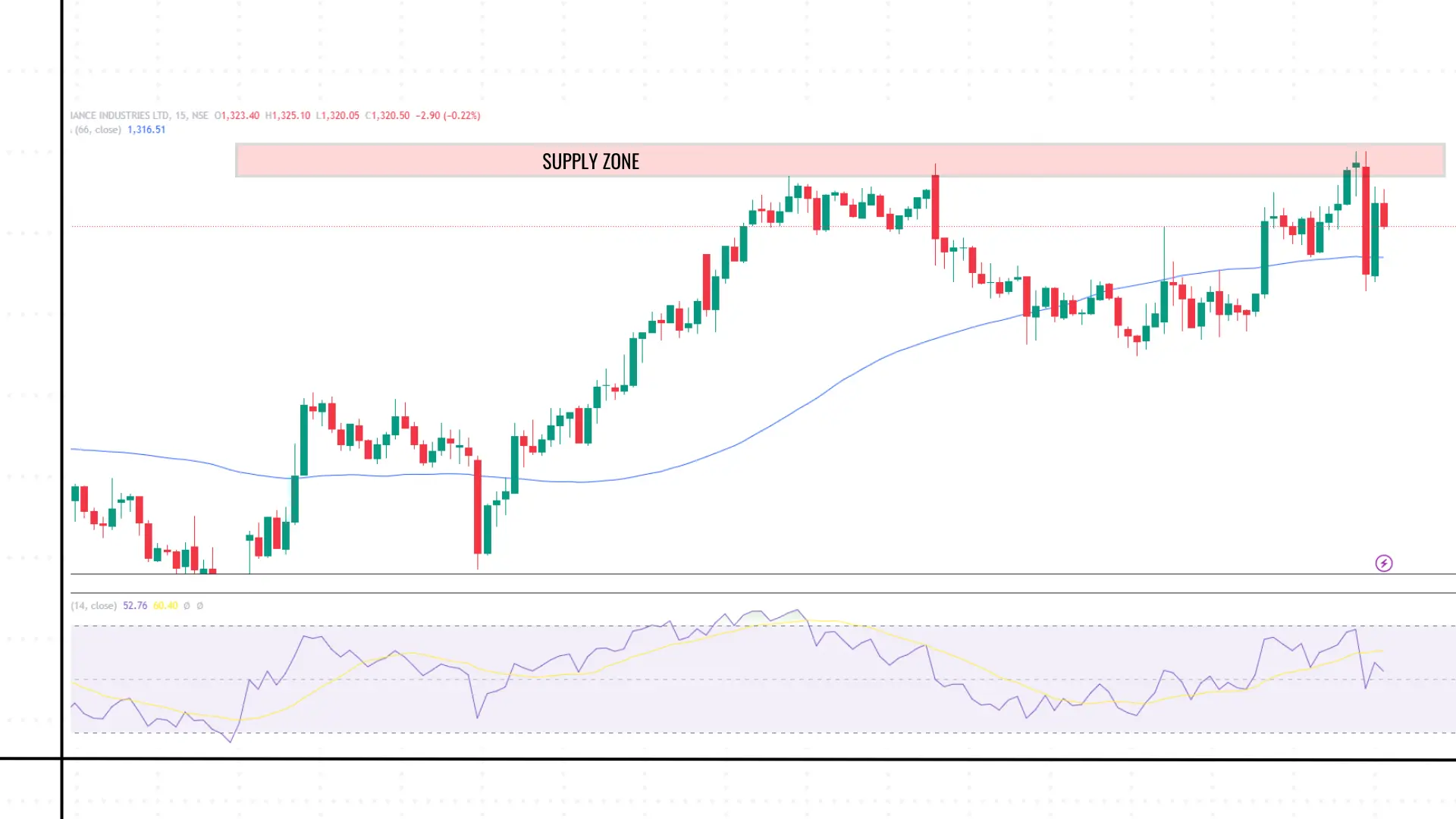
How do we work resistance or supply zones?
Resistance or supply zones don't just appear out of thin air. They form because of human behavior and market psychology.
Here is how:
Historical price levels: If a stock has struggled to break past a certain price before, traders remember this and might be hesitant to buy above that level.
Round numbers: People love round numbers! You'll often see resistance at prices like NIFTY 26500.
Technical indicators: Some traders use tools like moving averages or Fibonacci levels or RSI to identify potential resistance or supply areas.
Why do resistance zones matter in trading?
Understanding resistance zones can be super helpful for your trading strategy. Here's why:
They help predict price movements: If you know where the resistance is, you can guess where the price might struggle or reverse.
Risk management: Resistance zones can be great places to place stop-loss orders or take profits.
Entry and exit points: They can guide you on when to buy or sell for trading.
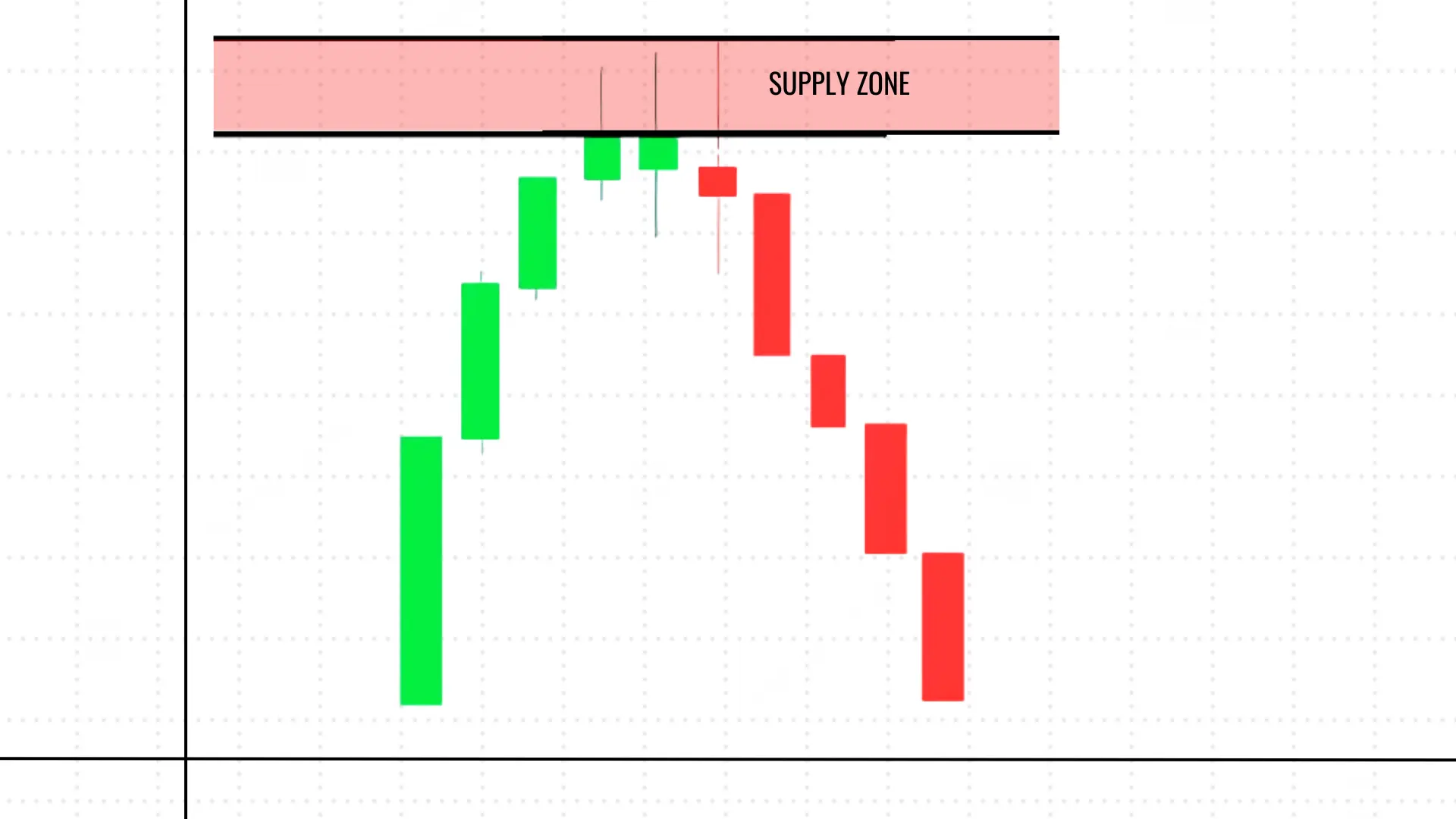
How to identify resistance or supply zones?
Look at historical price charts: Check where the price has struggled in the past.
Use volume analysis: High volume at certain price levels can indicate resistance.
Keep an eye on psychological levels: Those round numbers we talked about earlier!
How to trade with resistance zones?
Now that you know what resistance or supply zones are, how can you use them in your trading? Here are some ideas:
Sell near resistance: If a stock is approaching a strong resistance zone, it might be a good time to sell or take profits.
Wait for breakouts: If a stock breaks through resistance on high volume, it could be the start of a new uptrend.
Use them for stop-loss placement: Placing a stop-loss just above a resistance level can help protect your profits.
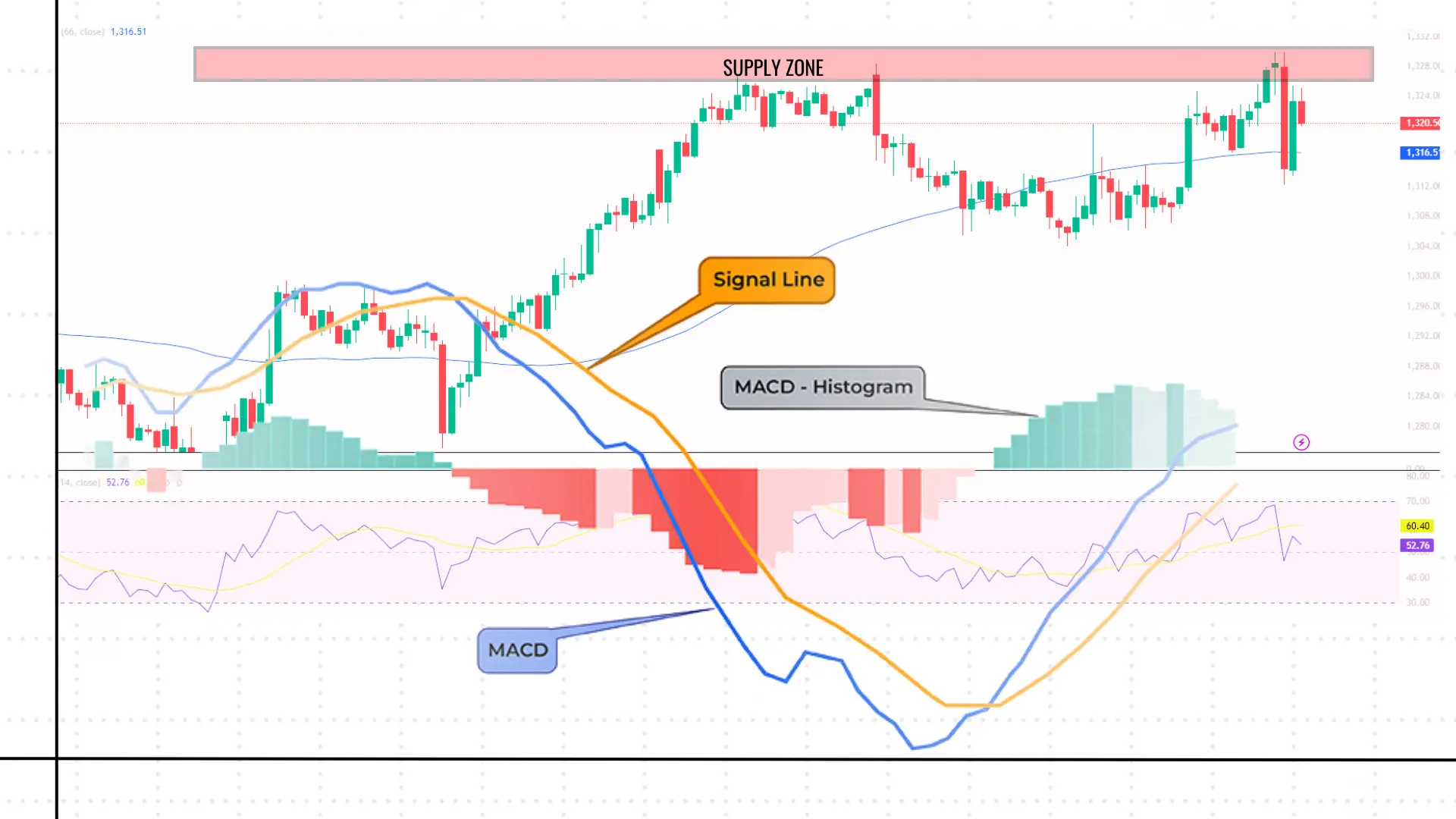
What should be Entry and Stop-loss Points?
You have to enter after confirmation by price action pattern (Bearish candlestick pattern) below the candlestick pattern price and stop-loss should be above the resistance or supply zone.
Common mistakes you have to avoid
Relying solely on demand zones for trading decisions.
Ignoring the broader market context.
Not adapting to changing market conditions or any event.
Remember, no trading tool is perfect. It's always good to use resistance zones as part of a broader strategy.

Practical tips for using Resistance or supply Zones
Start by practicing on historical charts.
Combine with other technical analysis tools.
Keep an eye on market news and events.
"Unlock Your Investment Potential – Open a Demat Account with Upstox Referral Link Today!"
